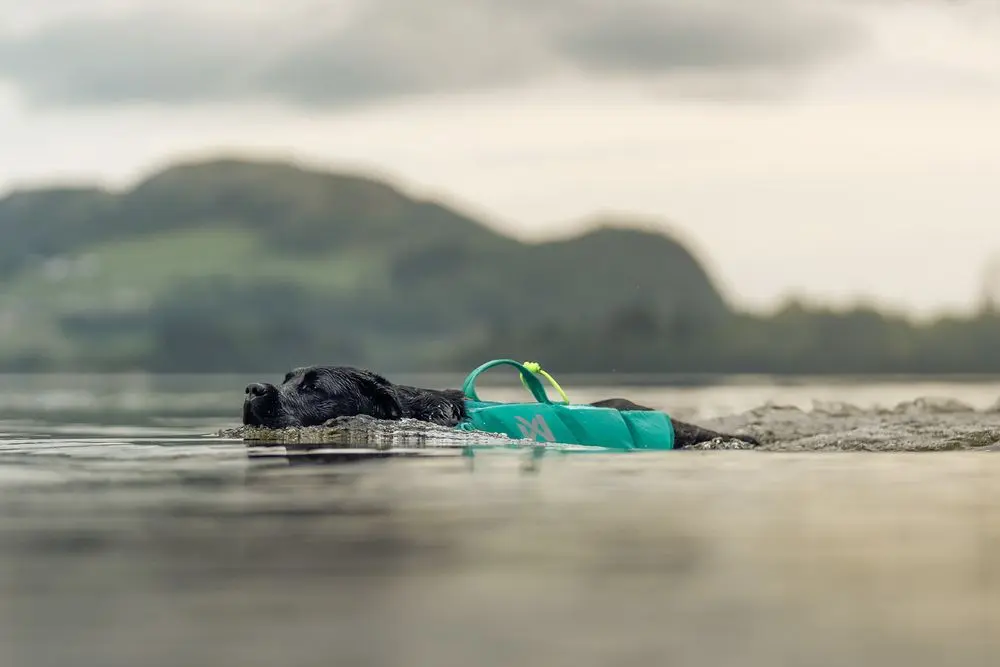The new and über-smart Brock Environmental Center.

Last December, the Chesapeake Bay Foundation moved into the new Brock Environmental Center in Virginia Beach, perhaps the singular best example of sustainable design in the country today.
“The goal was to make a truly sustainable building that feels like it belongs on this site and reflects CBF’s mission of restoring the health of the Bay,” says architect Greg Mella of Washington, D.C.-based Smith Group JJR, the firm that designed CBF’s LEED Platinum-certified Annapolis headquarters. Thanks to solar panels and two wind turbines, the 10,000-square-foot structure is net-zero energy. Rainwater is collected in a cistern and filtered for drinking, making the building net-zero for water as well. The no-flush Clivus composting toilets turn human waste into usable compost. Gray water from sinks flows into an elevated infiltration garden where plants and layers of gravel clean it. Storm-water runoff, a major component of the Bay’s pollution problems, is nonexistent. All paving is pervious, and excess rainwater is captured from the roof and diverted to rain gardens.
Located on Pleasure House Point, a 118-acre parcel that once served as a dredge spoil site, the center is named for Virginia Beach philanthropists Joan and Macon Brock. The site, which comprises nearly a mile of shoreline along the Lynnhaven River and Pleasure House Creek, once targeted for development, was purchased in 2012 for $13 million by the Trust for Public Lands, the City of Virginia Beach and CBF. Says Christy Everett, CBF Hampton Roads director, “The center’s dramatic setting constantly inspires and challenges us to protect and preserve our natural resources.” CBF.org/Brock








